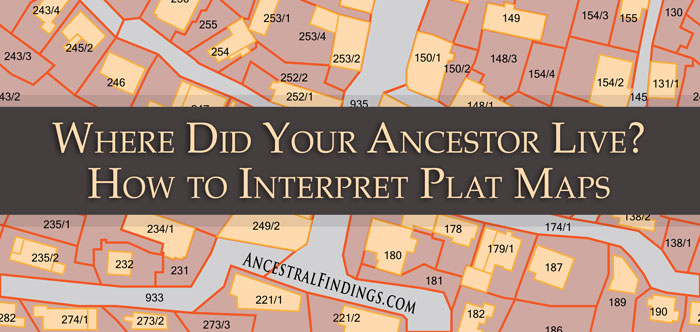Exploring the homes where our ancestors lived can be a fascinating journey through time. These houses are more than just structures; they are the backdrops of countless family stories, traditions, and memories. Let’s take a closer look at how you can uncover the history of your ancestral homes and connect with the past in a meaningful way.
Unearthing the Addresses
The first step in discovering historical homes is to find the addresses where your ancestors lived. Census records, city directories, old letters, and family documents can be invaluable resources. If you’re lucky, family members might remember or have records of these locations.
Delving into Property Records
Once you have an address, property records can provide a wealth of information. These records often include the names of previous owners, descriptions of the property, and even maps or photographs. Local county offices or online databases like the Bureau of Land Management’s General Land Office Records are great places to start.
Exploring Historical Maps
Historical maps can show a neighborhood or town’s appearance during your ancestors’ time. Websites like Historic Map Works or the Library of Congress map collection can help you visualize the past. Comparing old maps with current ones can reveal changes in the landscape and provide context to your ancestors’ lives.
Visiting the Homes
If the homes still exist, visiting them can be an emotional and enlightening experience. Walking through the same halls and rooms where your ancestors once lived creates a tangible connection to your family’s history. Even if the buildings no longer stand, visiting the sites can offer a sense of place and continuity.
Researching the Architecture
Understanding the architectural style of your ancestral homes can add another layer of appreciation. Whether it’s a Victorian townhouse, a colonial farmhouse, or a mid-century modern bungalow, each style has its own story. Architectural guides or local historical societies can help you identify and learn about these styles.
Gathering Stories and Photos
Family stories and old photographs can bring these homes to life. Ask relatives if they remember any anecdotes or have pictures of the houses. Even small details, like the color of the kitchen or the type of flowers in the garden, can make your research more vivid and personal.
Connecting with Local Historians
Local historical societies, libraries, and museums can be treasure troves of information. They often have archives of photographs, maps, and documents related to the area. Don’t hesitate to reach out to local historians or archivists—they can offer insights and direct you to valuable resources.
Documenting Your Findings
As you uncover information, document your findings thoroughly. Create a timeline of the property’s history, noting significant events and changes. Consider writing a detailed narrative or creating a photo album to share with family members. This not only preserves the history for future generations but also makes it accessible and engaging.
Sharing Your Journey
Sharing your journey of discovering ancestral homes can inspire others in their genealogical quests. Blog posts, social media updates, or presentations at family reunions can be great ways to share what you’ve learned. Your enthusiasm and discoveries might even motivate others to start their own explorations.
The homes where our ancestors lived are silent witnesses to their lives, holding stories of love, hardship, and everyday moments. By uncovering and exploring these historical homes, we connect with our past in a profound way. So, step back in time, open those old maps, and embark on a journey to discover the places your ancestors called home.






